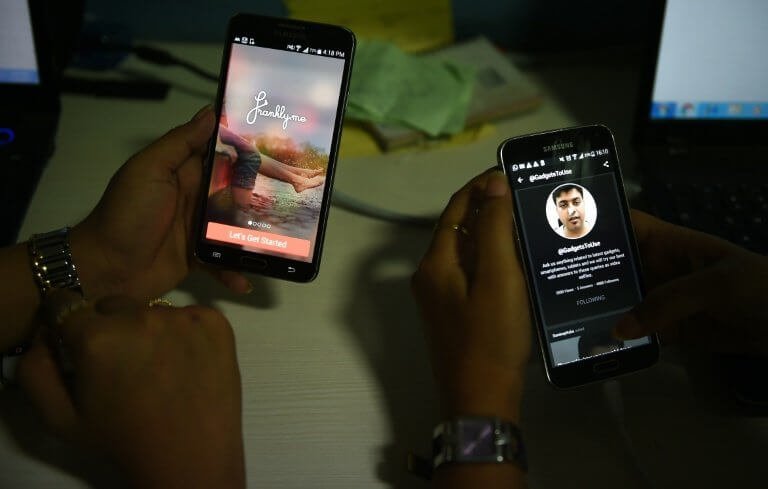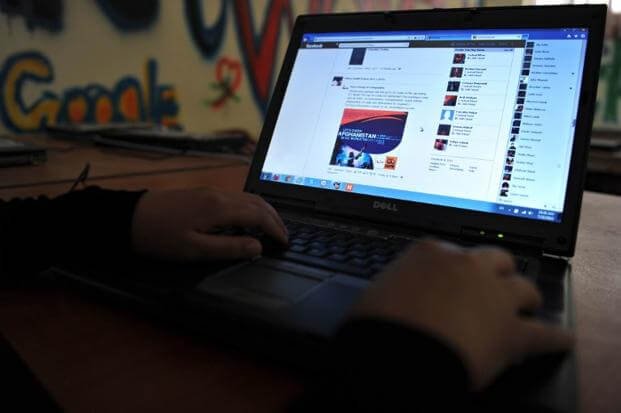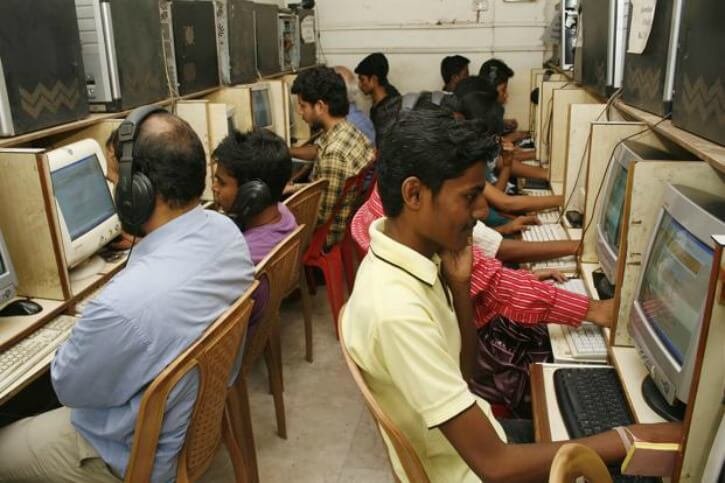People are taking to social media to outrage over Dalit discrimination, protesting against the debarring and humiliation of street children at a “rights of entry reserved” restaurant in Delhi, making an example of people who’ve been caught eating a scrumptious meal while their kid’s nanny stands next to their table. While it’s great to shame and name wrongs, maybe we should take a step back and ask ourselves: is our own social media, the platform we are using to attempt to change the world from our armchairs, inclusive?
Net penetration is only rising in India, seen as one of the largest markets of social media. According to recent estimates, consumers of sites such as Facebook, which was considered a smart networking tool for the young and urban, are expected to include a more rural and older set of users.
You can already see the change. What started out as an extension of our work and social life has become as much about family. Mummies and uncles and long lost friends of the parents have quickly realised the benefits of the medium and are sending friend requests which, in turn, are being accepted.
In a country where family ties while being strong also have a huge generational divide, the medium can be seen to be helping bridge it. We Indians love our families, but from a distance. In the sense that we like to keep them away from our socialising, bringing a certain deference which borders on hypocrisy to our relationships. This is often explained away as “Indian culture”.
The daughter, once she has added mummy as a Facebook friend, will perhaps out of respect for the sensibilities of the parent think twice about uploading photos of OTT displays from the night before. Mummy, on her part, will also learn to turn a blind eye to the bottles of booze that keep showing up in the photos. Suddenly, people from different generations are being more tolerant of each other’s lifestyles and more open.
But while net usage and therefore access to such social media sites is still predominantly urban, there are also signs that social media is increasingly breaking down class barriers. Becoming and making all of us, less “elite”. On a visit to the South, our taxi driver on the trip asked my cousin and me if he could send us a Facebook request.

He showed us his profile, a nice photo with his wife. From among work “friends”, some blue collar friend requests are coming through, piercing the People Like Us white collar nature of the medium. An acquaintance reports a friends request from her driver, another received one from her presswallah.
As other “blue collar” professions realise the power of social “connections” on the Internet as a way to further their business, such requests from people who PLUs wouldn’t really be socialising with, are likely to increase.
Urban Indians are often criticised for turning a blind eye to the underprivileged and less well-off around them. Gated colonies and bouncers at bars and malls in the new India make sure to keep the “others” out. The class and – because in India it is so closely tied in many cases – caste divide continues to be one of the hugest challenges we face in our constitutional and social ideals of inclusion and equality.

In the West, it isn’t unusual for people to be at least on courtesy terms with their plumber or their gardener, but from depictions in our popular culture to discriminatory instances that make it to the news, there is little evidence to suggest that much has changed in India on this front.
Will the democratic nature of the Internet help in humanising classes, decreasing hostility and suspicion between “us” and “them”? Will photos of babies and updates on the weather, and other such mundane activities mingle with self-indulgent posts on food and holidays, and sensitise us to the other people around us that we see all the time but never seem to notice? Can the change begin, in a small way, with us?
I spoke to Dr Samir Parikh, Psychiatrist Director, Fortis, about this, and he isn’t very hopeful. Displaying less confidence in the power of the web to change attitudes as many of us are likely to do, he said, “no part of the virtual world will make it as a substitute for the real world, and can only be an add on”.

Giving the example that if a CEO accepts a friend request from the guard downstairs at the office building, it does not mean anything unless it changes the real world interaction between the two. Also, if the CEO continues to discriminate against this employee in terms of work policies, facilities and treatment, it is merely a case of confirmative behaviour in public, a means of moving a cliché forward and a gesture without meaning.
Parikh says public gestures and platitudes often while not having the power to change things as we often think, can also actually desensitise people to issues. In many cases, it only becomes an “objectification of the dehumanisation”. Despite the advent of net, social problems such as ragging, discrimination, mental illness continue to exist, says Parikh as an example of the emptiness of our collective outrage. “If awareness was so important to change, would things not have changed for women after Nirbhaya?”, says Dr Parikh. Sobering thought, that.
(Feature image source: AFP)
The author is a Delhi-based journalist and writer.

















